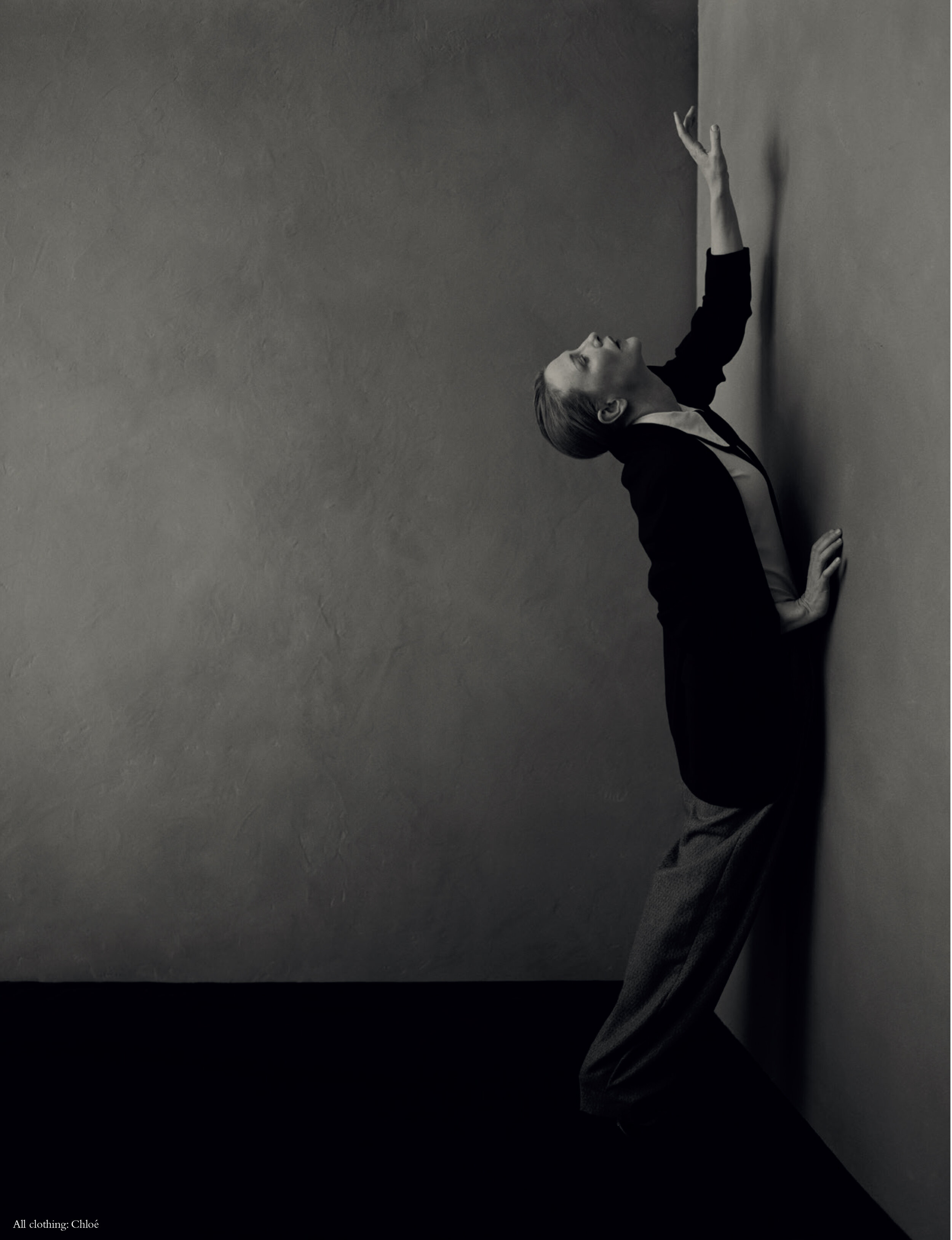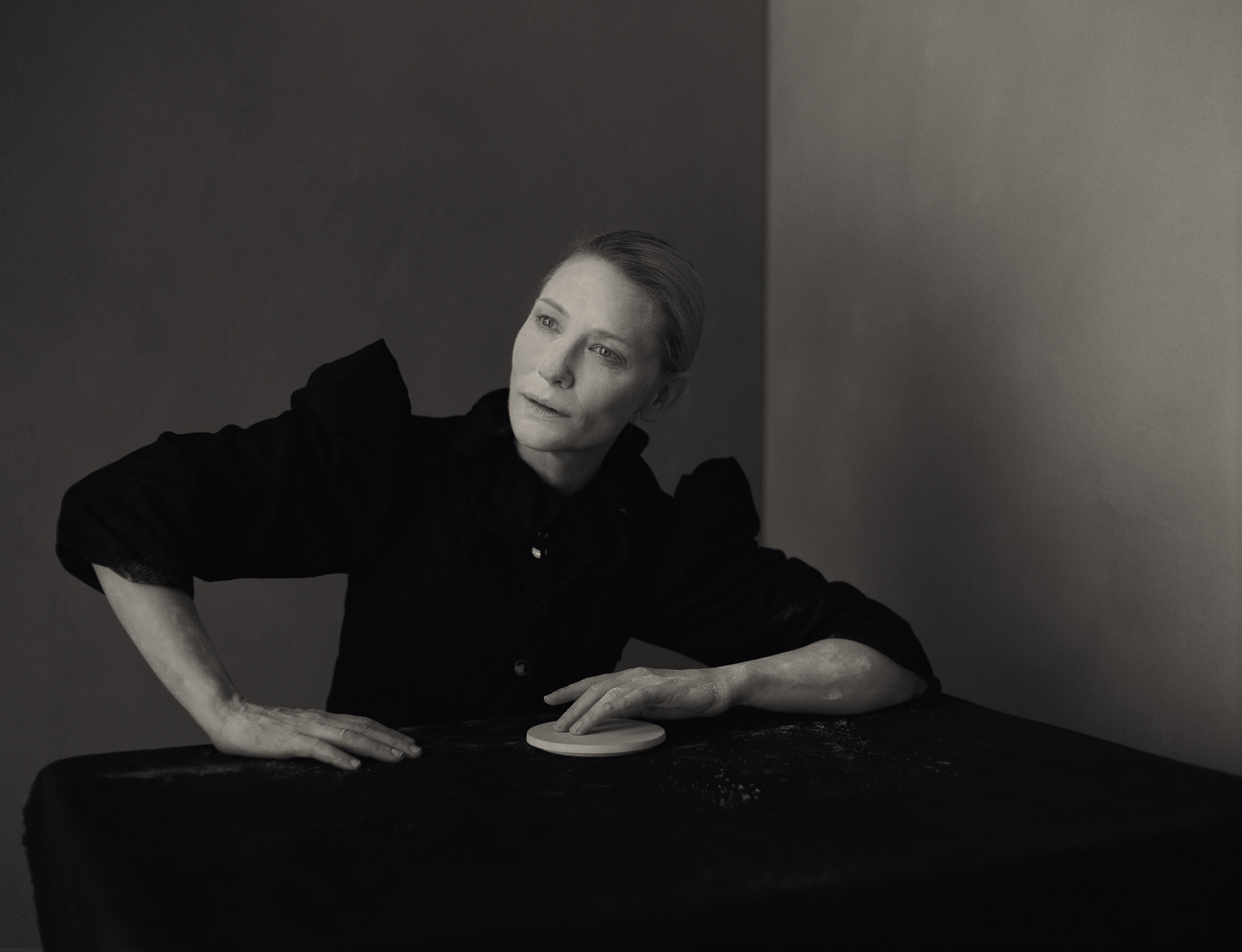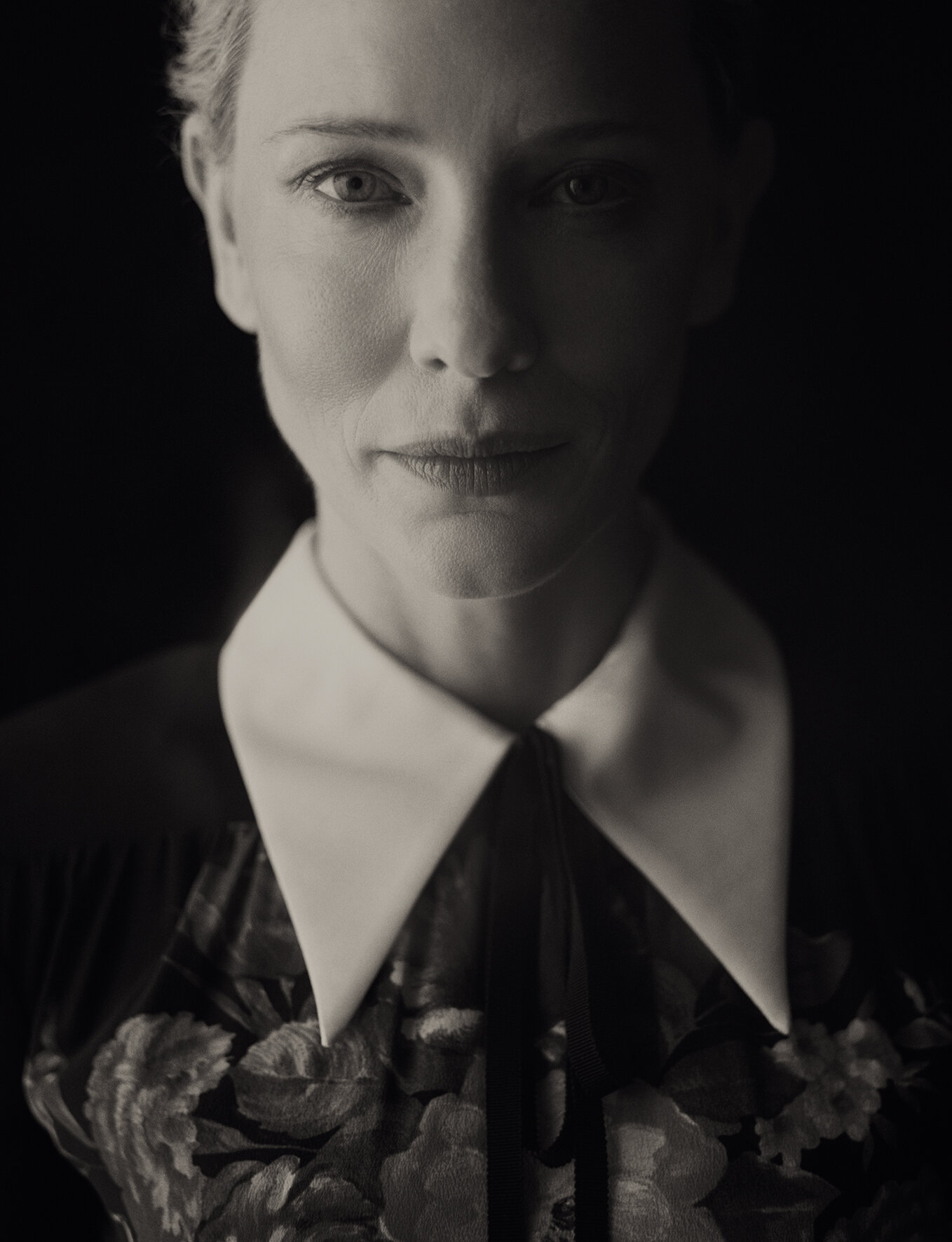SIG: The cast is quite something: Anthony Hopkins as Odin; Idris Elba as Heimdall; Karl Urban as Skurge; and Benedict Cumberbatch playing Dr Stephen Strange; not to mention ex-So It Goes cover star Mark Ruffalo and Tom Hiddleston. How do you feel about the British taking over Hollywood and the Marvel franchises?
CB: The Thor comics are written with a tongue-in-cheek old English feel, so perhaps it was inevitable that Marvel went to a master of English language storytelling in Ken [Branagh] to direct the first Thor film. So I don’t know if it’s so much about the British taking over the Marvel franchises – and let’s remember that Taika and Karl are both from New Zealand and Chris and I are from Australia! – but rather Marvel gravitating towards actors and directors who have both heft and a wicked wit.
SIG: Without giving away any spoilers, the trailer shows you catching Thor’s hammer – a weapon only he is supposed to be able to hold.Tell us a little about what that says about Hela.
CB: Yes, there’s so many things one can’t say... it’s wonderfully old-fashioned this notion of letting an audience see the film and experience it unfettered by spoilers. BUT – I can tell you that Hela has a very, very strong grip.
SIG: Did you have character references when it came to inhabiting Marvel’s first female supervillain?
CB: Siouxsie Sioux and Soo Catwoman.
SIG:What was the experience like of the Thor: Ragnarok panel at Comic Con?
CB: EPIC.
SIG: I don’t think we’ve been as excited to see a film in recent memory as Manifesto. Written and directed by German artist Julian Rosefeldt, it was originally a multiscreen video installation in which you play thirteen different characters. Was it as formally and narratively challenging as it sounds? How did you first get involved?
CB: I first met Julian about seven years ago through a mutual friend. I was intrigued by his work. His reference points and work process were fascinating to me, but it took us a while to develop the right project to work on together.You are right – Manifesto was both formally and narratively challenging, and the most stimulating ten days I have spent in recent memory. I was very proud of what we’d made together when I saw it hanging at The Armoury in New York. He is a deeply interesting human being and a Mensch to boot!
SIG:There really are only a handful of actors who have managed to avoid the missteps in terms of film choices, but spanning your body of work, there really aren’t many, if any! How do you feel about today’s ‘one for me, one for the studio’ approach? It seems that the balance of franchise multiplex blockbusters with independent, intelligent human dramas is a very desirable sweet spot?
CB: Missteps are inevitable and kind of essential, really. If one is always thinking of the gameplay rather than the adventure, life becomes pretty dull.
SIG: Woody Allen, Wes Anderson, David Fincher, Terrence Malick, Spielberg, Ridley Scott, Soderbergh, Todd Haynes, Peter Jackson, Richard Linklater and on and on. It’s just an amazing list of directors you’ve worked with. If you had to alight on one you haven’t yet collaborated with, who would it be and why?
CB: I tell you what, if Cindy Sherman had a walk-on in her next film offering, I’d camp out.
SIG: We’re interviewing Andrea Arnold today too. That could potentially be an interesting one?
CB:Will you put in a good word for me? The atmospheres in Andrea’s films are so particular and unique to each story. The unusual perspectives afforded to an audience and the level of danger and unselfconscious invention is inspiring.
SIG: Has one of the above directors ever imparted a particularly profound or impactful piece of advice or guidance that’s stayed with you?
CB: “Faster”, “Let’s go again”, and “Let’s keep it within the bounds of plausibility”.













